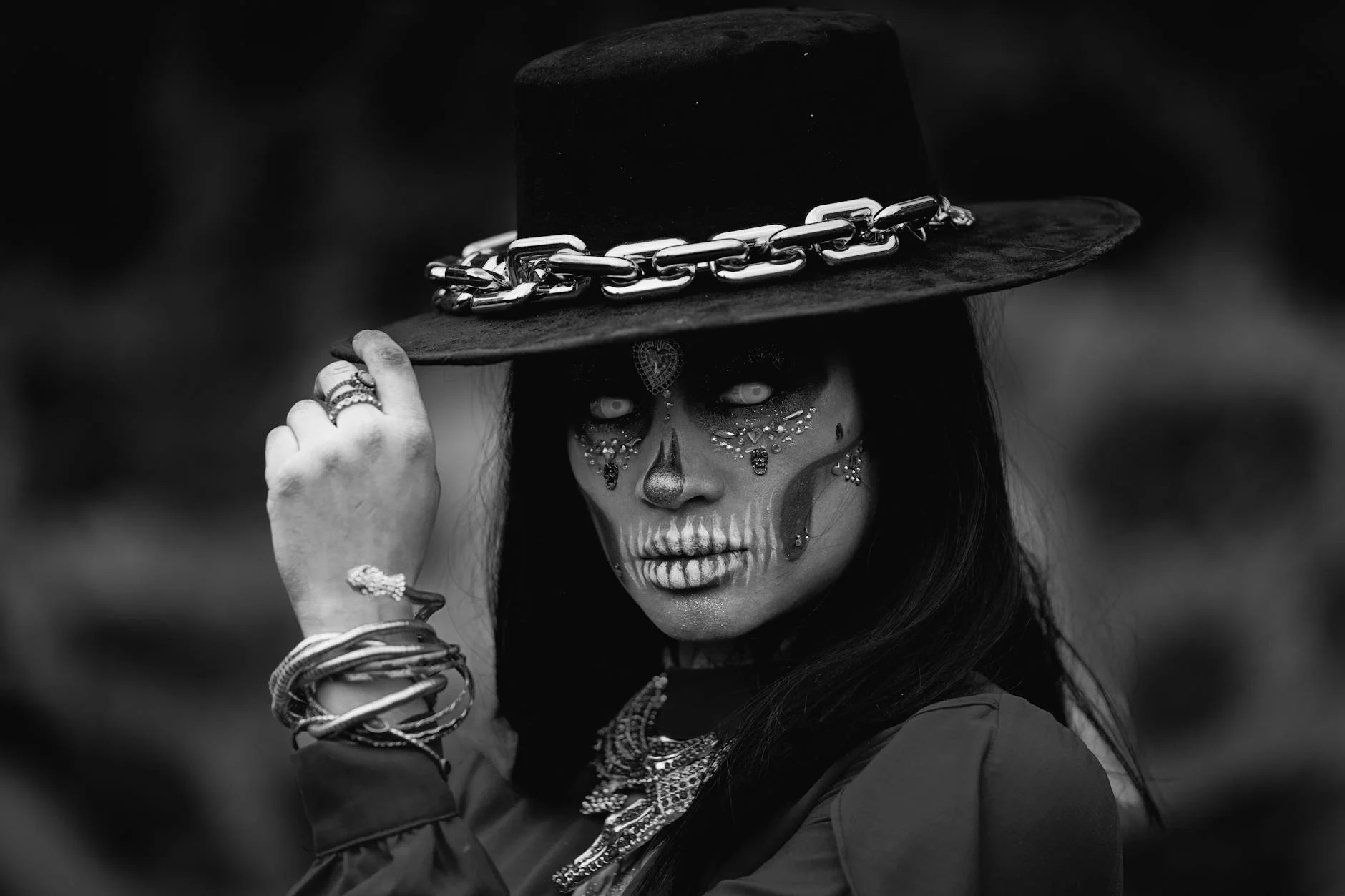💀 Brace yourself for a spine-chilling journey into the world of horror Scary skull symbols! From ancient civilizations to modern pop culture, these eerie emblems have captivated our imaginations and sent shivers down our spines. But what secrets do they hold? What power lies behind their hollow eyes and bony grins?
In this bone-chilling exploration, we’ll unravel the mysteries behind these macabre markers and provide you with an arsenal of spine-tingling symbols to copy and paste into your digital realm. ☠️ Whether you’re looking to add a touch of darkness to your social media presence or searching for the perfect gruesome accent for your next creative project, we’ve got you covered. Get ready to dive deep into the meanings and origins of popular horror skull symbols, and discover how a simple icon can speak volumes about our fascination with the dark side. 💀👻

Understanding Horror Skull Symbols
A. Historical significance of skull symbols
Skull symbols have been used throughout history to represent various concepts, primarily death and mortality. Ancient civilizations, such as the Aztecs and Egyptians, incorporated skull imagery into their religious and cultural practices. In medieval Europe, skulls were often used in memento mori art, reminding viewers of their own mortality.
B. Evolution of skull symbols in popular culture
Over time, skull symbols have evolved to become a staple in popular culture, especially in horror and alternative subcultures. From pirate flags to heavy metal band logos, skulls have become synonymous with rebellion, danger, and the macabre. Here’s a brief timeline of skull symbol evolution:
| Era | Usage |
|---|---|
| Ancient | Religious and spiritual symbolism |
| Medieval | Memento mori art |
| 18th-19th century | Pirate flags, poison labels |
| 20th century | Biker culture, heavy metal music |
| 21st century | Emojis, digital communication |
C. Psychological impact of skull imagery
Skull symbols can evoke strong emotional responses due to their association with death and danger. Some key psychological effects include:
- Fear and anxiety
- Adrenaline rush
- Fascination or intrigue
- Reminder of mortality
D. Cultural interpretations across different societies
The interpretation of skull symbols varies widely across cultures:
- Western societies: Often associated with danger, rebellion, or edginess
- Mexican culture: Celebrated during Día de los Muertos as a symbol of remembrance
- Tibetan Buddhism: Used in meditation practices as a reminder of impermanence
- Gothic subculture: Embraced as an aesthetic and philosophical symbol
Now that we’ve explored the multifaceted nature of skull symbols, let’s delve into some popular horror skull symbols and their specific meanings.

Popular Horror Skull Symbols and Their Meanings
Now that we understand the significance of horror skull symbols, let’s explore some popular and lesser-known examples, along with their meanings.
A. Other lesser-known skull symbols
While many are familiar with the classic skull and crossbones, there are several lesser-known skull symbols used in horror contexts:
- ☻ Black Smiley Face
- ⛧ Inverted Pentagram
- ☠ Skull and Crossbones (alternative version)
- ☗ Skeletal Hand
B. Pentagram (⚝)
The pentagram, a five-pointed star, has various meanings in different contexts:
| Symbol | Meaning in Horror | Other Contexts |
|---|---|---|
| ⚝ | Occult practices, demonic summoning | Protection, balance (Wicca) |
C. Orthodox cross (☦)
While not typically associated with horror, the Orthodox cross can be used in supernatural-themed content:
- Symbolizes protection against evil
- Often used in exorcism scenes
- Represents faith overcoming darkness
D. Biohazard symbol (☣)
The biohazard symbol has found its way into horror, particularly in zombie and apocalyptic scenarios:
- Indicates the presence of infectious materials
- Used in horror to denote contaminated areas or individuals
- Often associated with scientific experiments gone wrong
E. Traditional skull and crossbones (☠️)
Perhaps the most recognizable horror symbol:
- Originally used to mark poison or danger
- In horror, represents death, danger, or piracy
- Often used in Halloween decorations and horror movie posters
These symbols add depth and atmosphere to horror-themed content, whether in text messages, social media posts, or creative writing. Understanding their meanings enhances the impact of their use in various contexts.

Horror skull symbols have long captivated our imagination, serving as powerful visual representations of fear, danger, and the macabre. From the classic skull and crossbones to more intricate designs, these symbols have found their way into various aspects of popular culture, including literature, art, and digital communication.
As we’ve explored, each horror skull symbol carries its own unique meaning and significance. Whether you’re looking to add a touch of edginess to your online presence or simply want to express yourself creatively, these symbols offer a wide range of options. Remember to use them thoughtfully and appropriately, considering the context and audience. So go ahead, copy and paste these symbols to enhance your digital communication, and let your inner horror enthusiast shine!

